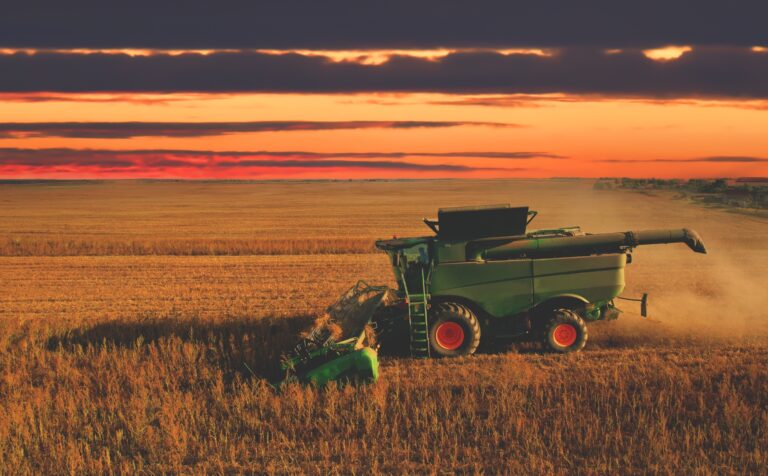Greenhouse Farming and Nursery Commodity Blossoms
Learn more about U.S. greenhouse farming
Greenhouse and nursery products are on the rise across the nation – in fact, the USDA’s Economic Research Service reports that the nursery and greenhouse industry comprises the fastest-growing segment of U.S. agriculture. Over the past two decades, the number of nursery and greenhouse farms has seen a steady increase.
According to the University of Georgia Extension, the most commonly produced greenhouse/nursery crops vary, but often include trees, shrubs, flowers, fruits and vegetables. Each producer’s crop selection is based on a wide variety of factors, such as the size and location of the greenhouse or nursery, physical input costs (containers, fertilizers, chemicals, and water), production requirements, and the available markets.
Top States for Greenhouse Farming
The Agricultural Marketing Resource Center indicates that greenhouse crops are the top five commodities grown in 27 states, and the top 10 commodities in 42 states. In addition, 10 states account for more than two-thirds of all the nursery crop output in the U.S. with California producing the most – 20 percent – followed by Florida, North Carolina, Texas, Ohio, Oregon, Michigan, Pennsylvania, Oklahoma and New York.
In recent years, California has led the nation in horticulture sales, accumulating $2.88 billion in 2014. The state’s top commodities in the sector include nursery stock, cut flowers and potted watering plants.
Florida, home to the second-largest nursery and greenhouse industry in the U.S., is known for its production of greenhouse crops like peppers, tomatoes, cucumbers, lettuce, herbs, and strawberries. Between 2010 and 2015, Florida’s nursery and landscape industry created 28,000 jobs, and it now directly employs a statewide workforce of 232,650 people.
Advantages of Greenhouse Technology
Wondering how a greenhouse works? Greenhouses create a sheltered environment for plants by using solar radiation to trap heat, which is ideal for sustaining plants when the outdoor temperature is not ideal.
Heat enters the greenhouse through its covering of glass or plastic and warms the soil and plants inside, and once the warmed air near the soil begins to rise, it’s immediately replaced with cooler surrounding air that starts to heat up. This cycle raises the temperature inside the greenhouse quicker than the air outside, creating a warmer microclimate.
Along with enabling growers to produce a wide range of crops throughout the year, greenhouse farming advantages include greater control of pests, weeds, and diseases; control against extreme weather conditions such as heavy rain, snow, hail, and strong winds; more efficient use of productive resources; and greater safety and comfort for those caring for the crops.
We understand the importance of diversification in running a successful operation. If you are looking to expand or diversify your operation, AgAmerica Lending has the right financial solution for your operation. Contact us today.






